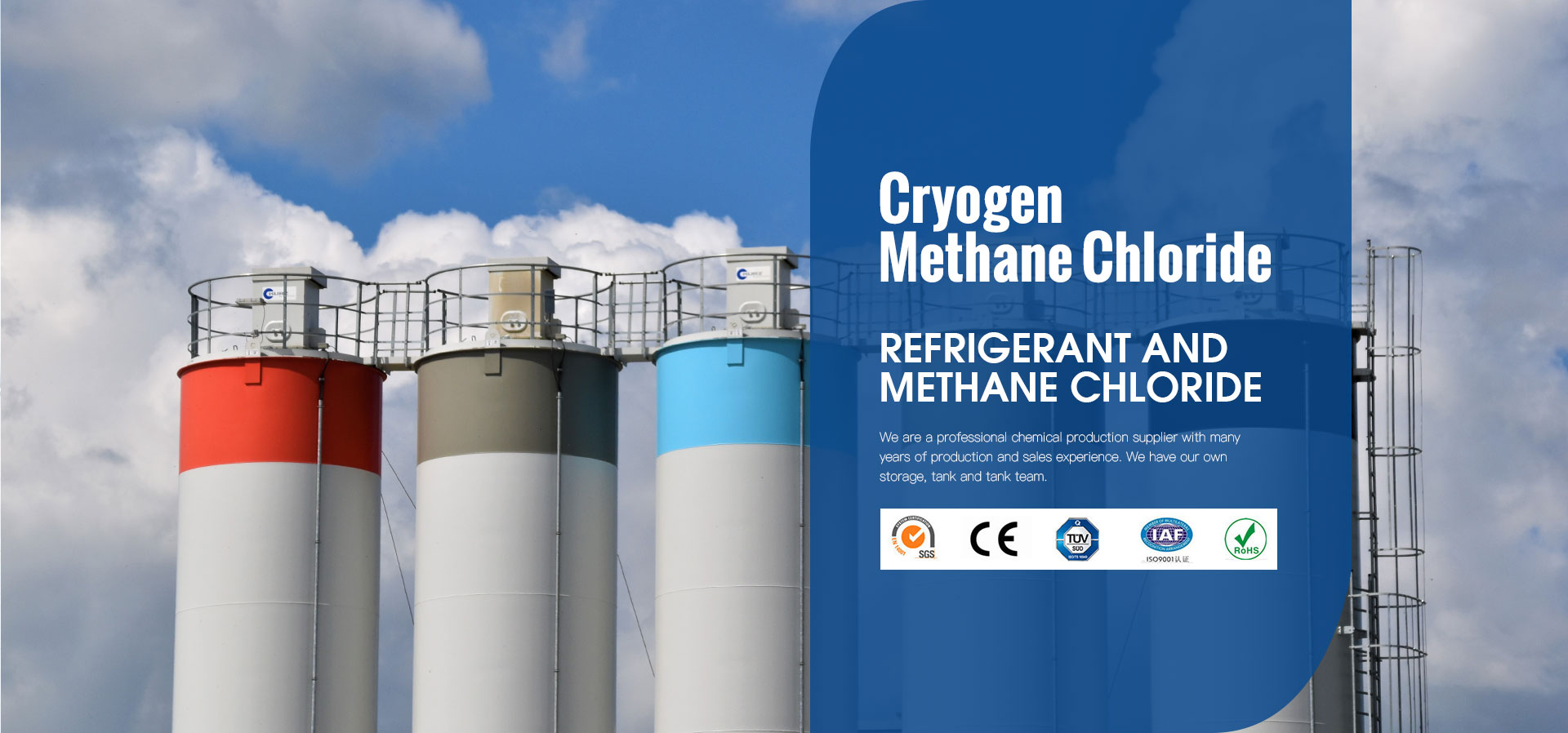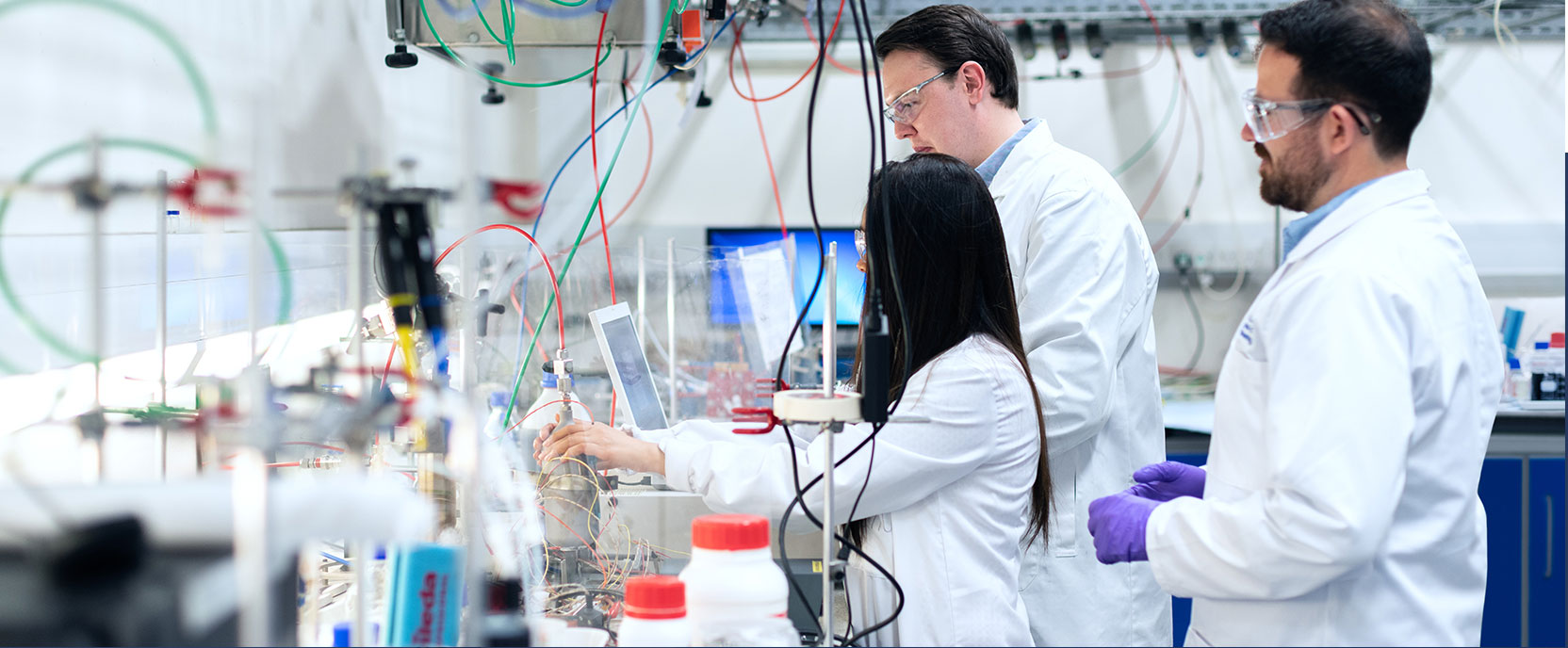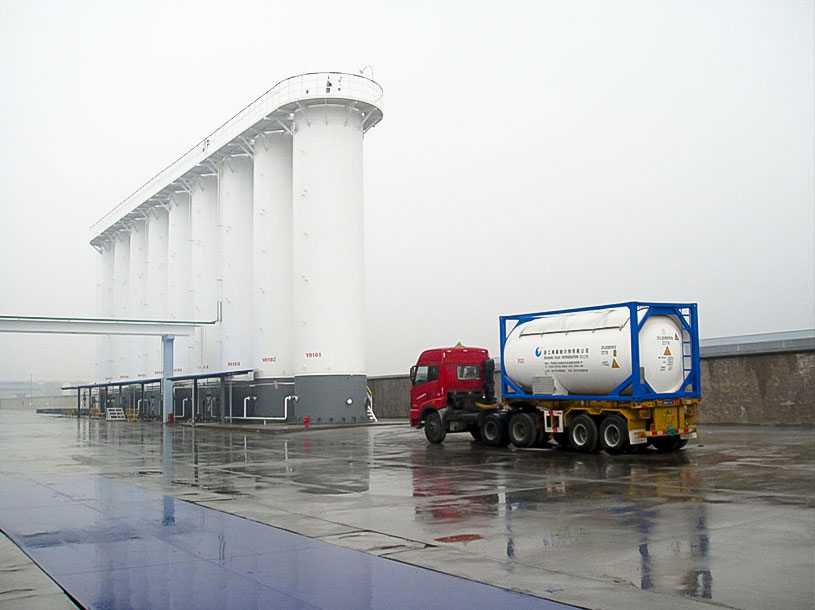The "new chess game" of chemicals has been opened, focusing on the profit pattern of the industrial chain
Chemicals 2015 Review and 2016 Outlook
Behind the "tragic" is profit erosion
In 2015, for commodities, the word "miserable" is amazing. Black and non-ferrous materials are in constant distress, and the market has dropped to the "price of cabbage". Chemicals are not immune to the downturn in commodities. In addition to PTA, which is still "hard to carry", both polyolefin "brothers" and methanol have experienced "torture" that is almost "halved".
According to statistics from Futures Daily reporters, among the chemicals, the price of PTA fell by 24% from the high point of the year, and the other three varieties all fell by more than 30%. Taking the two varieties with larger declines as an example, the high point of polypropylene during the year was 9027 yuan/ton, and the low point was 5361 yuan/ton, with a cumulative decline of 41%, and methanol fell from the year high of 2654 yuan/ton to 1590 yuan. / ton, the cumulative decline was 40.1%.
Looking back on the trend in 2015, Gao Jianming, an analyst at Hairong Investment, believes that chemical products basically reached the high point of the year at the end of April and entered a downward channel in early May. Among them, the most spectacular are the "olefin" brothers and methanol, their "tragic" is reflected in the changes in the market.
PP, as the twin brother of LLDPE, under the suppression of loose supply, the "squeezing profit market" in the fourth quarter of 2015 was vividly interpreted. "In addition to the reasons for its own oversupply, there are also propylene monomers plummeting to 3800 yuan / ton, leading to the collapse of the cost end, and the large price difference between pellets and powder, the profit of powder is good, the room for price reduction is large, and the price of PP pellets cannot stand firm. , the downstream demand has little power to pull up." Gao Jianming said.
Compared with polyolefins, methanol prices have fallen significantly behind. It can be said that the rise of methanol-to-olefins process closely links methanol and olefins. "Most of the units are outsourced methanol, which increases the demand for methanol on the one hand and the supply of olefins on the other. Methanol and olefins have obvious joint effects, but whether it is the slump at the end of 2014 or the beginning of July 2015. The decline in methanol prices lags behind olefins.” said Cai Yali, an analyst at Zhongyuan Futures.
Speaking of the general decline of chemical products in 2015, industry insiders believe that such a trend is actually reasonable. "Coal has fallen by more than 60% since 2012, and the price of crude oil has fallen by more than 60% since the second half of 2014." Cai Yali believes that the decline in the price of coal and crude oil as the source directly compresses the downstream chemical industry The cost of products, downstream products follow the decline of course. However, in the process of falling prices, the specific performance of each chemical is different.
After three consecutive years of decline in PTA from 2011 to 2014, the profit of the production link has been squeezed. The decline in olefins is due to the huge profit margins left after the crude oil market slumped in the second half of 2014.
It is understood that in the first half of 2015, the average profit of olefins in the naphtha route was 2,500 yuan/ton. The price drop in the second half of 2015 was just a performance of olefins removing high profits during the period of capacity expansion. At present, the average profit of olefin production is 1,500 yuan/ton.
"The structure of the olefin price difference is near high and far low, and it is in a state of high discount in the far month, indicating that when the production capacity is expanded, the funds are still shorting olefin profits." Cai Yali said.
In December 2015, the 600,000-ton MTO plant of Shenhua Yulin was put into operation. In 2016, China Coal Mengda 600,000 tons, Jiangsu Shenghong 1.2 million tons, Changzhou Fude 330,000 tons, Betel 300,000 tons, Salt Lake Group 1 million tons, Zhongtian Hechuang's 1.37 million tons and Jiutai Energy's 600,000 tons of olefin production capacity will also be launched. "Capacity expansion is generally accompanied by profit contraction. In the middle and late stages of capacity expansion, prices will fall back to around costs. In this way, there is still room for olefin prices to fall in the far month." An industry insider believes.
"In the context of weak demand, high-profit industries have more short-selling opportunities. For example, in the PP industry, the current profit of oil-based PP production is 500 yuan / ton, which has been compressed by more than 1,000 yuan / ton, but there is still a squeeze in the later stage. Room." Gao Jianming said.
What is the culprit in disturbing the chess game?
"This round of chemical price decline is not unexpected, but the rate of decline exceeded market expectations. In 2015, chemical products are not easy to play, and it is a bit tri
Read More →















